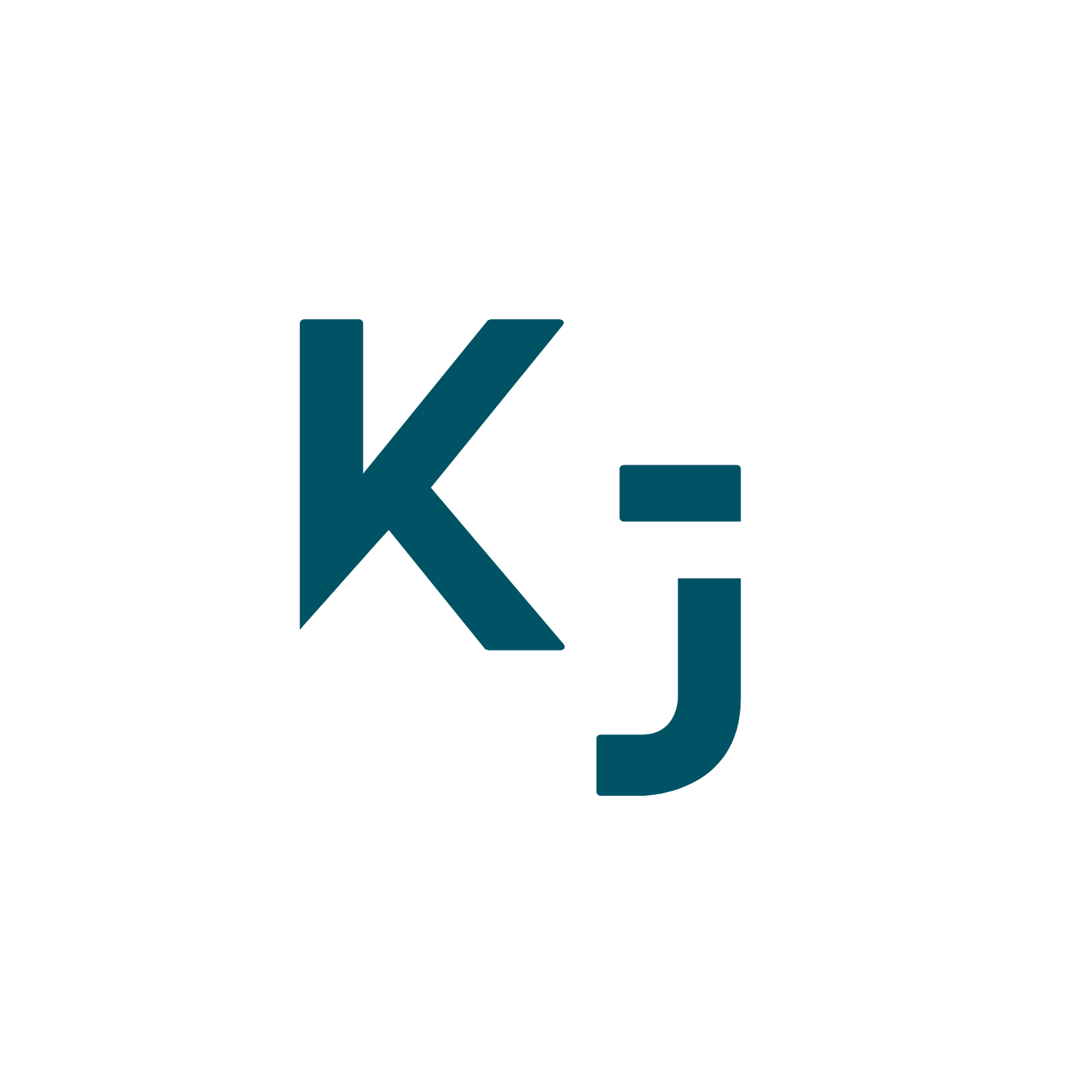SWOT Deep Dive
A reflective SWOT analysis reveals how creativity, vision, and drive support personal growth, while distractions, lack of confidence, and poor focus pose ongoing challenges that can be managed through intentional habits and mindset shifts.
Strengths
After completing my SWOT analysis, I have pinpointed three items in each category to expand on. My strengths, drive, vision, and creativity have helped me in past and current jobs and problems. The ability to be creative and think outside the box has been obvious to past employers, who would always comment on my skills. I have always worked on this and try very hard not to get boxed into one way of thinking and to take other points of view. Drive and vision, in my opinion, also go together with creativity.
Weaknesses
When it comes to my weaknesses, I struggle with distractions, confidence, and patience. I don’t expect things to work out immediately, but when I don’t start to see traction or progress, I have a hard time continuing down that path. I would lose confidence and become worried about wasting my time further. Once my confidence goes down, I turn to distractions to help me do a few things. One is to give my mind a break from that problem or issue in the hope that I will think of something and be able to jump back into it fresh. Or two, to become distracted, move on with something new, and let that other problem collect some dust. I really liked what Jason Feifer, writer for Entrepreneur had to say during his conversation with Norman Reedus. He talked about the “power of flaws,” and how some people let it overcome them for the worst, yet others give it the appropriate power and direction to help them towards success. (Feifer, 2022, p. 36)
Opportunity
There are many opportunities to improve; the ones that stand out to me involve confidence, persistence, and patience. I want to work on increasing my confidence by making those small milestones to help show I am indeed making progress. I can also help myself stay persistent by making a schedule to help guide my time and keep me honest. Finally, I can work on my patience. I can do this by spending some time in the morning and evening reflecting. I think making a laboratory notebook like the one Tom Kelley talked about in his video would be very ideal to do (Kelley, 2008, 4:30.)
Threats
My journey has several threats; the worst ones involve distractions, decisions, and focus. I can fight these threats by calling them out and recognizing when they are happening. When I am not making concrete decisions with features, I can take a step back and look at the big picture. When I lose focus, I need to stand up and give myself a quick walking break outside for five minutes to get some fresh air. And finally, when I am getting distracted, I must write out my priorities and where my attention needs to be. And if there is something or someone distracting me, I need to move away. Jennifer Guttman talks about this in her short article in Entrepreneur on page 35. She talks about how “fear-driven errors” are something your brain tells you something scary, but you can adjust the self-talk (Guttman, 2023, p.35.)
Feifer, J. (2022, April.) Show Your Flaws. Entrepreneur. Retrieved from Flipster at https://flipster.ebsco.com/plink/reader/3242710?lang=en&opid=dq3mdd
Gutman, J. (2023, January.) Breaking The Fear Circuit. Entrepreneur. Retrieved from Flipster at https://flipster.ebsco.com/plink/reader/3531114?lang=en&opid=dq3mdd
Kelley, T. (2008, November 12.) Do What You Love. Stanford Technology Ventures Program. Retrieved from YouTube at https://youtube.com/watch?v=nPRW9q-0unc
